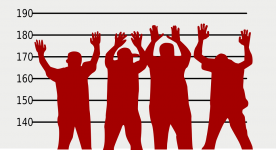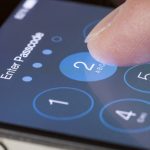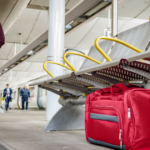What Happens During an Identification Parade?

According to the Australian Law Reform Commission, identification parades are still the most reliable form of eyewitness identification.
They are used when a witness who allegedly saw the suspect is asked to identify him or her from amongst a group of different people.
Police must collect somewhere between eight and twenty people who look similar to the suspect. This should include age, height and appearance but the lineup may not include police officers.
Each person should be brought in sequentially, i.e. one at a time, rather than all at once. This means that an eyewitness must compare each new person with their memory, rather than with each other. Sequential parades have been found to be more accurate than simultaneous ones.
As each person enters the room, the eyewitness should be told to immediately indicate whether they recognise one as the suspect.
An identification parade can be conducted in two ways:
- Face to face; or
- Through a one-way mirror
The use of a one-way mirror will only be an option if the eyewitness is unwilling to participate face to face and other identification evidence is insufficient.
A suspect in a one-way mirror parade will be able to hear what is being said in the viewing room. If a witness needs to hear a suspect’s voice or hear particular words, the witness will be placed behind a partition.
If the witness does not want their voice to be heard, the officer conducting the parade will repeat their comments to the line-up parade.
It is hard to know how long any particular identification parade will last as it will depend on the time taken to set up, the number of eyewitnesses viewing the parade, the number of persons participating in the parade, any lateness, time to fill out forms etc. The whole process can take as long as several hours.
An identification parade must be run by a police officer who is not involved in the investigation. No police who are involved in the investigation are allowed to watch or know the position of a suspect in the parade.
According to the NSW Police Code of Practice, the entire process must be captured on video, preferably recording both the witness and the parade. If there is only one camera, the witness will be recorded.
Any videotapes made will be available to the defence.
A suspect can ask to change position in the parade after each witness.
Who can be asked to participate in an identification parade?
You don’t have to be under arrest for police to ask you to participate in an identification parade.
If police ask you to take part in one, you are allowed to decline.
If you refuse to participate, the police will not be able to conduct the identification parade.
Just like you cannot be arrested just for questioning, you cannot be arrested for the purpose of participating in an identification parade.
Police also may not conduct an identification parade if the suspect looks significantly different at the time the witness alleges to have seen the suspect from the time of the parade.
If a suspect refuses to participate in the parade, or looks significantly different, police may use photos to identify potential suspects.
However these photos cannot suggest that the people featured in them are in custody, in case this prejudices the mind of the eyewitness.
If the photos do suggest that the subjects are people in police custody, according to the Evidence Act, this evidence will not be admissible in court.
If you are a suspect in a lineup, it is a good idea to bring you lawyer along because they can object to the parade altogether if those in the parade look dissimilar, or if police don’t follow the rules, or if police unfairly attempt to elicit information from you.
Your lawyer will sit in the viewing room, or if the eyewitness wants to keep their identity secret, they will be in the line-up room.
In either case, your lawyers cannot play any material part in the parade itself, other than protecting your rights.
Evidence gained through an identity parade may sometimes nevertheless be inadmissible in court.
When determining whether or not it was reasonable to hold an identification parade, the magistrate or judge must consider:
- The kind of offence, and the seriousness of it;
- The importance of the evidence;
- The practicality of holding the parade, considering in particular whether the suspect refused to cooperate and whether the identification was made soon after the offence was committed; or
- How appropriate it was to hold the parade including the relationship between the defendant and the person making the identification
If you are asked to participate in an identification parade, keep in mind your rights: you may have a lawyer present, you may obtain video recordings of the parade and finally, you can refuse consent to participate in one at all.
It may be beneficial to call a criminal lawyer if you are called-upon to participate in an identification parade because they will be able to ensure that your rights are protected and that you don’t do anything that might be against your interests.
Receive all of our articles weekly
Author






